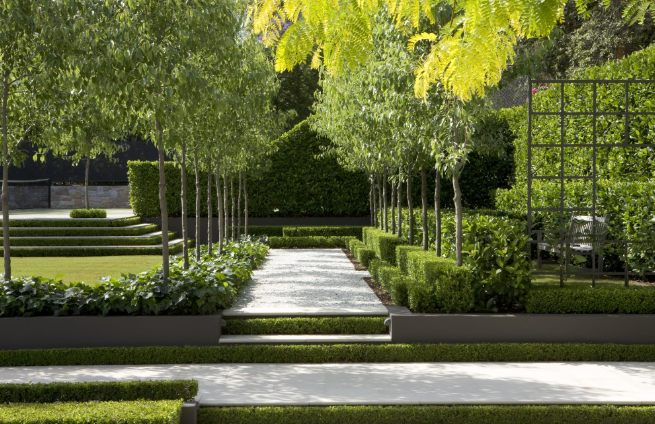Contemporary landscape architecture is at the forefront of environmental design, blending aesthetics with sustainability. As urban areas expand and ecological concerns grow, understanding this field becomes increasingly important. This article explores current trends and challenges in landscape architecture, highlighting its role in shaping sustainable and inviting public spaces.
The Role of Sustainability in Design
Sustainability is a cornerstone of contemporary landscape architecture. Designers are now tasked with creating environments that not only look beautiful but also function harmoniously with nature. This includes selecting native plants that require less water and employing materials that minimize carbon footprints. Furthermore, contemporary designers often integrate green infrastructure, such as rain gardens and bioswales, to manage stormwater effectively. These sustainable practices not only enhance ecological health but also create vibrant spaces for communities to enjoy.
Innovative Uses of Technology
Technology is revolutionizing landscape architecture by enabling more efficient design processes and improved site management. Tools like Geographic Information Systems (GIS) and 3D modeling software allow architects to analyze data and visualize landscapes in novel ways. Moreover, advancements in materials science have led to the development of sustainable options like permeable paving and recycled materials. These innovations not only streamline the design process but also provide architects with the flexibility to create unique, functional spaces that cater to modern needs.
The Importance of Community Engagement
Community engagement has become a vital aspect of contemporary landscape architecture. Successful projects often arise from collaborative efforts that involve local residents from the outset. Involving the community ensures that the designs reflect their needs and preferences, fostering a sense of ownership over these spaces. Techniques such as public workshops, surveys, and interactive design sessions help gather valuable feedback and ideas. This inclusive approach enhances the likelihood of creating landscapes that are not only visually appealing but also deeply resonant with the communities they serve.
Conclusion
Contemporary landscape architecture is more than just designing beautiful spaces—it’s about creating sustainable environments that enhance our quality of life. By embracing sustainability, technology, and community engagement, landscape architects play a critical role in shaping the modern world. If you’re intrigued by the potential of landscape architecture, consider exploring local projects or even getting involved in community discussions about future designs. Your input can make a difference!

